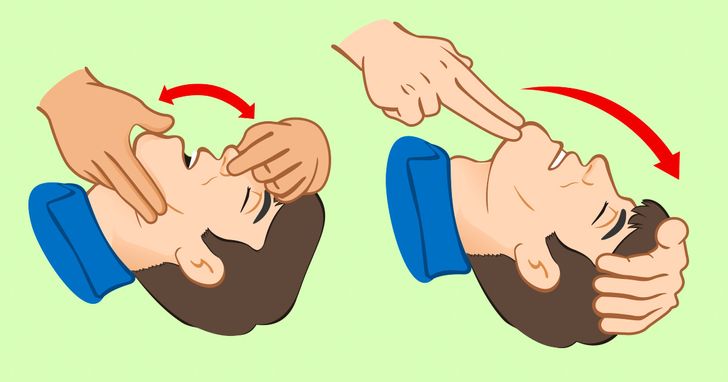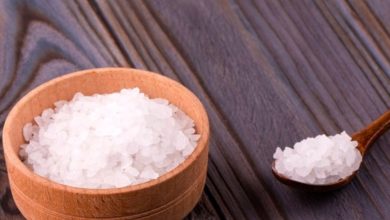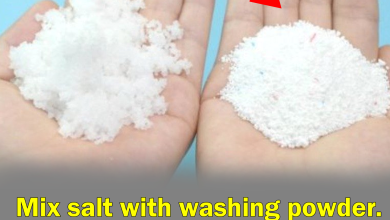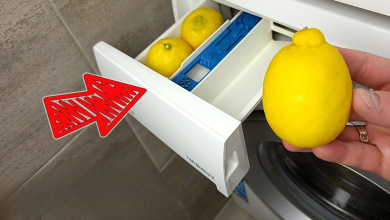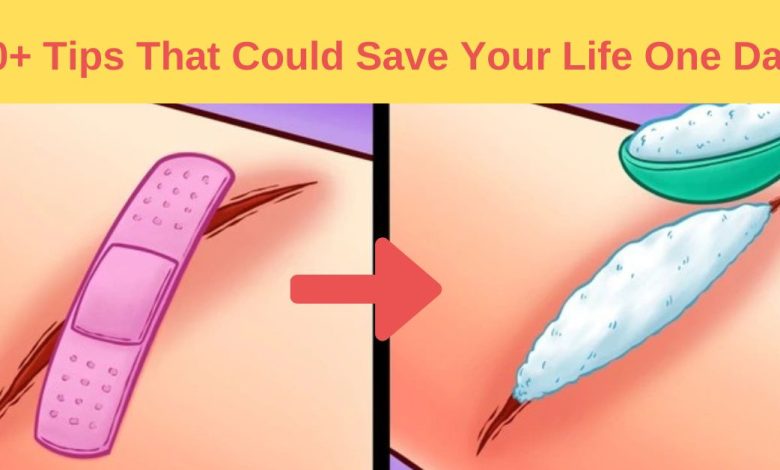
The ability to google any question in a difficult situation makes us helpless when there is no access to the Internet or phone. So we’ve put together some simple tips for you that could save your life one day.
1. Water on the beach is too far from the shoreline.
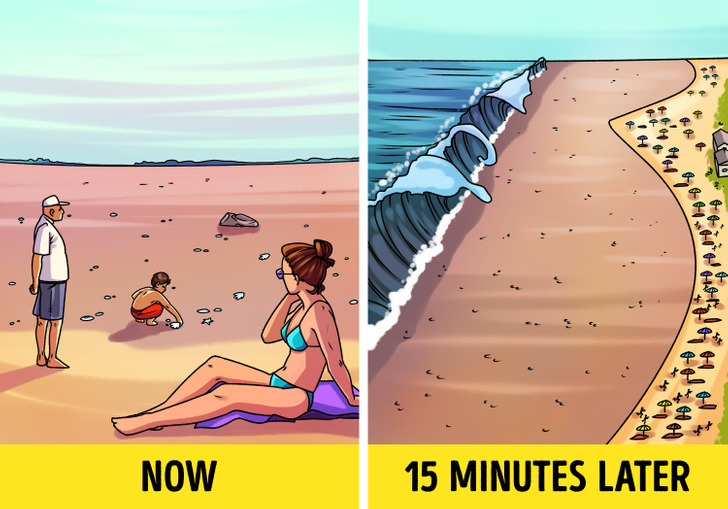
When the waterline is abnormally far from the shore, this is a sign of a tsunami. If you notice this somewhere, you should warn everyone around and run.
2. Wounds
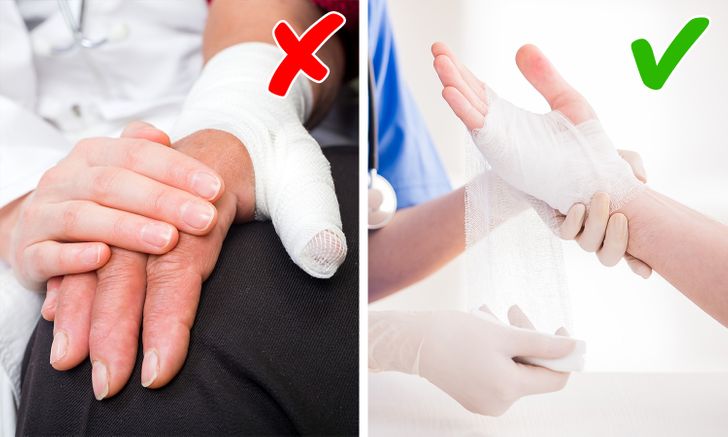
Whenever you are dealing with a wound, you should always try to elevate it above the level of your heart. This calms swelling and helps fluid drain away from the area. If your wound is on your hips or buttocks, lie down and elevate it with pillows. If you are unable to elevate the wound, try to keep it at heart level or as close as possible.
3. Easy way to get someone back to consciousness.
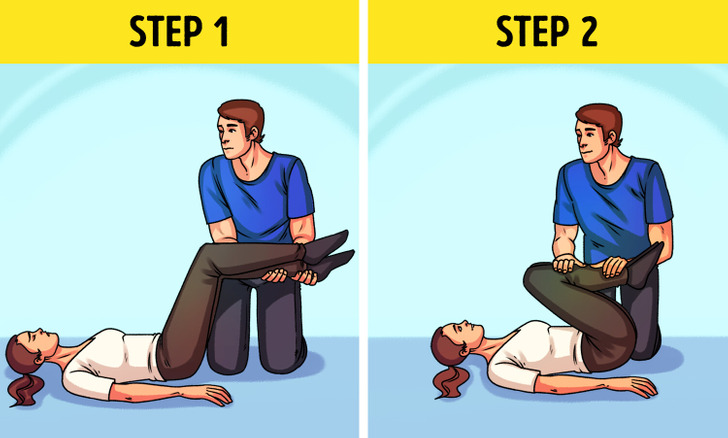
If you need to bring someone back to consciousness, you should put them on their back and push their knees to their chest. This will make the blood flow to the brain, and the person will wake up. But first, ensure the person has no leg or body injuries. Otherwise, the situation may only get worse.
4. Bee stings
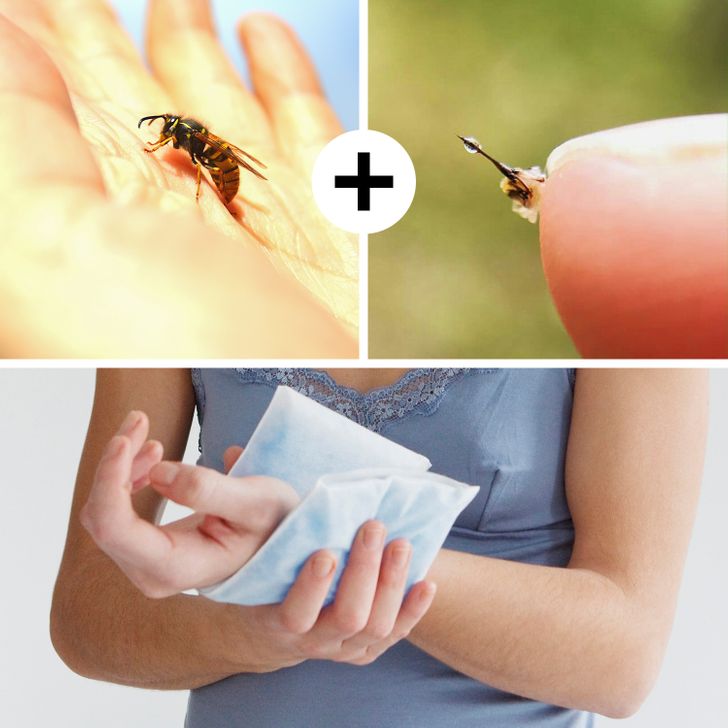
If you are stung by a bee, you need to remove the stinger. While it is commonly believed that pulling the stinger out of the skin minimizes the poison, the most important thing is the timing. You need to try to remove the stinger as soon as possible, whether you scratch at it, remove it with tweezers, or pull it out. When a bee loses its stinger, it releases a scent that attracts other bees to the area, who will likely sting you out of defense. Once the stinger is removed and you have left the area, wash the wound and apply a cold compress. If you are allergic, try to keep an autoinjector, or EpiPen, on hand and contact emergency services as soon as possible.
5. First-degree burns
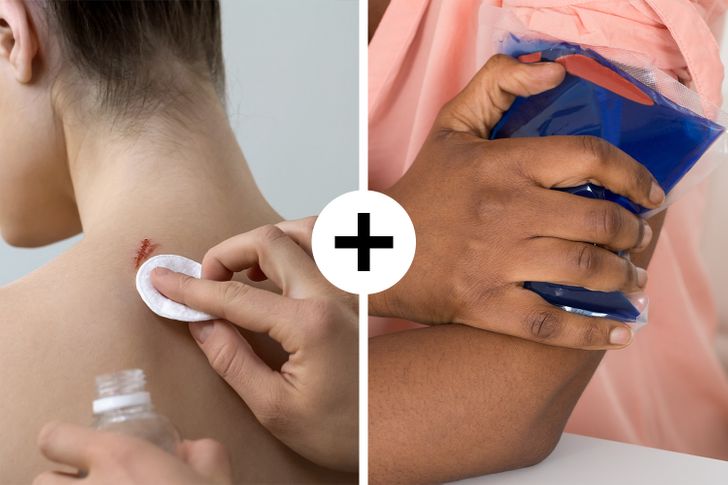
First-degree burns, also known as superficial burns, only impact the top layer of your skin. While they might be painful, they are not serious. Try to cool the burn using cold tap water. Using butter or grease is an old folk remedy, but that can actually cause more damage to the wound because it slows down the release of the heat. A paste made by mixing water and baking soda can also help to release the heat from the burn. Avoid topical antibiotics and most ointments, but petroleum jelly can be applied two or three times a day to the wound. Medication can also help with the pain and inflammation.
6. Poisonous spiders in bananas.
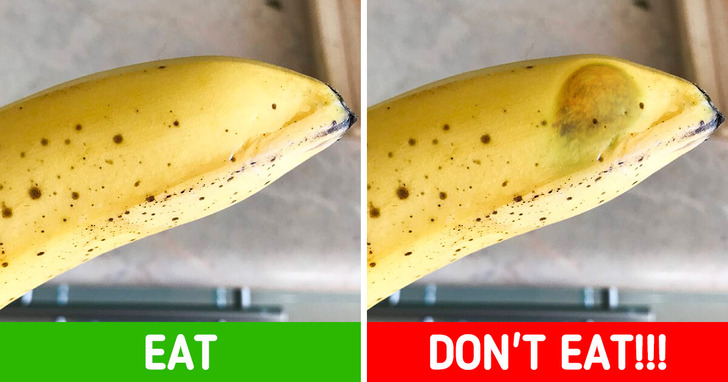
Wandering spiders are so-called because they wander the jungle floor at night, rather than residing in a lair or maintaining a web. During the day they hide inside termite mounds, under fallen logs and rocks, and in banana plants (hence the “banana spider” nickname).
Stories about customers finding dangerous spiders in their purchases often pop up in the media. So a mum discovered a strange ‘blister’ on a banana, that she bought at the store, and realized it was a nest of tiny spiders.
7. Eye injuries
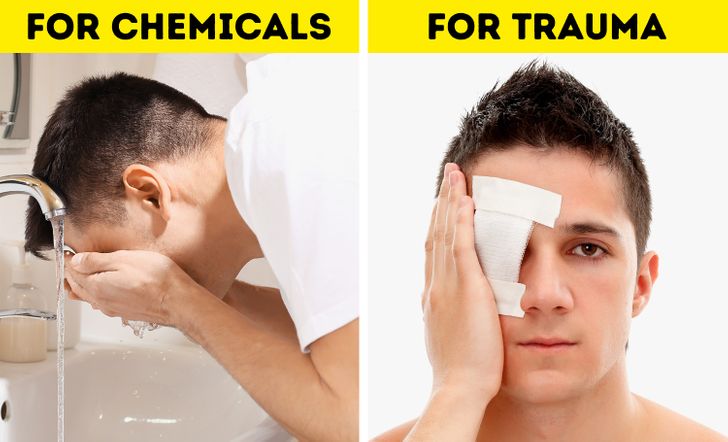
When you get hurt, usually the first thing you should do is to clean the wound. However, when you hurt your eye, the most important thing to do is to cover your eye and then seek help. By trying to clean your eye yourself you could risk hurting yourself even further, possibly causing permanent damage. The main exception to this rule is when chemicals get in your eye, in which case you should flush it with water immediately.
8. Jellyfish stings
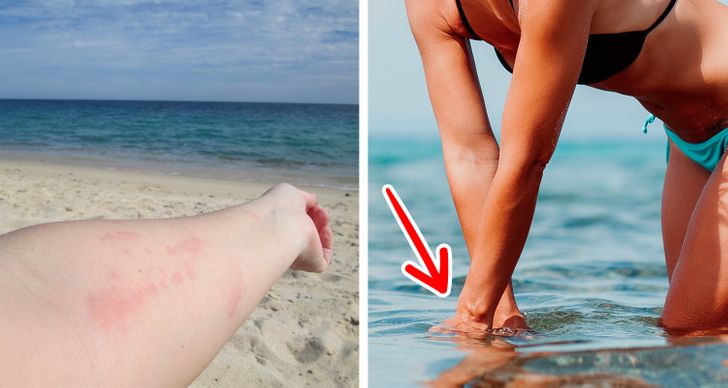
Nothing can ruin a nice day at the beach like a jellyfish sting. You can try to rinse the wound with salt water. You can also rinse with hot water, vinegar, or cover the wound with a solution of baking soda and water. Activated charcoal can also help draw out the jellyfish venom. You may have heard the popular urban legend that urine can be used to treat jellyfish stings. Realistically, urine usually does not have enough acid to counteract the venom. While there are claims that urine can reduce pain, hot water is just as effective.
9. Splinters
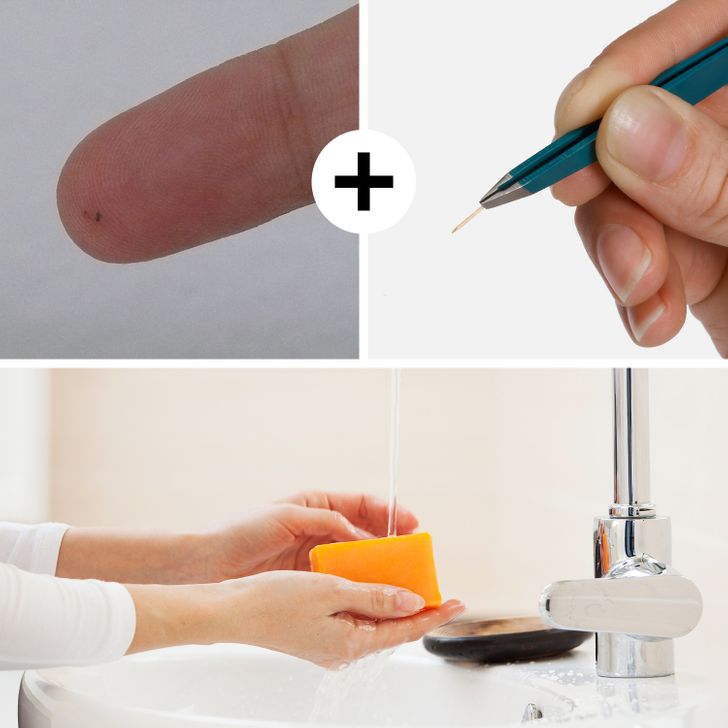
Splinters are full of germs and can easily infect open skin, so always remember to stay sterile when dealing with them. If you have a splinter that is fully embedded in the skin, you should first clean the area with an antiseptic and then dislodge the splinter with a needle sterilized with boiling water. Once it is dislodged, you can remove the splinter the tweezers. Afterward, wash the area with soap and water.
Splinters are full of germs and can easily infect open skin, so always remember to stay sterile when dealing with them. If you have a splinter that is fully embedded in the skin, you should first clean the area with an antiseptic and then dislodge the splinter with a needle sterilized with boiling water. Once it is dislodged, you can remove the splinter the tweezers. Afterward, wash the area with soap and water.
10. Obstructed breathing
